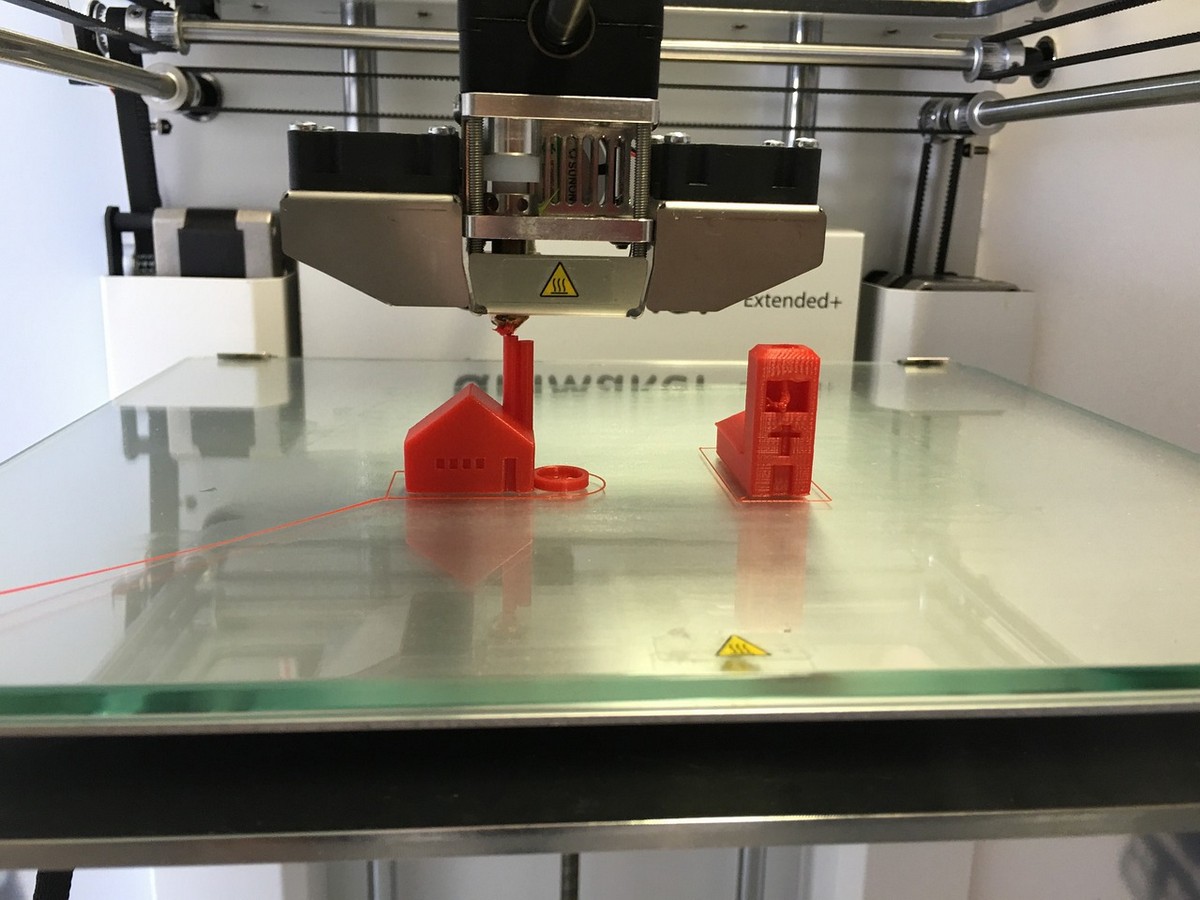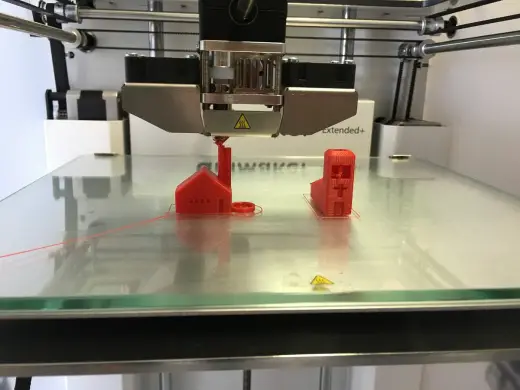How will technology change role of architects, Apartment heating advice, property winter warmth tips
How will technology change the role of architects?
13 Dec 2022
Technological advancements might be changing the construction industry, but it’s important to consider architecture too. From the earliest stages of CAD taught in architectural degrees through to complex VR modelling, technology helps architects create some of the most innovative buildings in the world.
Here, we’ve outlined a few examples of the ongoing technological advancements in the architectural sector – with some advice for practicing architects too.
How can architects compete?
Architecture is breaking away from 2D, so it’s crucial to keep up with your competitors. With 3D printed houses set to be developed in the UK for the very first time, you should try to introduce similar technologies on a smaller scale first.
However, it’s worth remembering that certain legal challenges come with implementing new technologies into your work. For example, if you’re using a brand new 3D printer, we’d recommend getting in touch with a technology lawyer before printing anything that could fetch you a profit.
If you inadvertently printed a design registered with the Intellectual Property Office, you could potentially be sued for infringement.
How has tech already changed architecture?
Modern architecture relies on technology. Tablets and computers simulate construction models, and with architects drawing digitally more than ever before, online sketches are accurate too.
With virtual reality strengthening the practical application of original 3D designs, architects across the globe are pushing new boundaries. A few specific areas in which architects are starting to harness the true potential of tech include:
- Conservation
When it comes to preserving heritage sites and listed buildings, architectural planning and involvement is invaluable. Historic preservation and restoration rely on lasers, 3D printing, and more. Aerial mapping technology even allows experts to see sites hidden underground.
- Customer experience
Virtual Reality adds to the customer experience. Using complex VR tools in a standard architectural toolkit allows architects to work on custom build projects, creating realistic models to bring a customer vision to life.
- Buying clients
Before architectural practices start working on a project, they need to be chosen by the client. Technologies help client presentations immensely, with lead architects able to generate and display visual ideas through computer software.
- Core designs
Despite VR initially being adopted by architects purely for client presentations, practices across the UK have now adopted it for the earliest stages of design. Using it as a front-end design tool – and not just a device for presentations – could be one of the biggest investments in BIM (building information modelling) technologies.
Will tech continue to improve architecture?
Cutting-edge technologies complete the architect’s toolbox.
As an example, fintech in construction allows builders to gain access to crowdfunding – which would’ve been unimaginable just a couple of decades ago.
Undoubtedly, new technologies will continue to shape architecture and construction. While these pivotal industries are inextricably linked, construction projects can only begin once they’ve been imagined and brought to life by an architect.
Comments on this guide to How will technology change role of architects article are welcome
Buildings
Key Buildings in Scotland Articles – architectural selection below:
Historic Glasgow : best Glasgow architecture of the past
Comments / photos for the How will technology change role of architects advice page welcome


